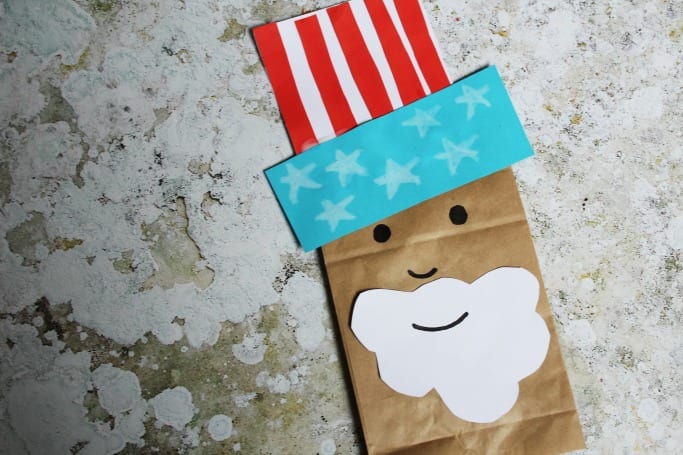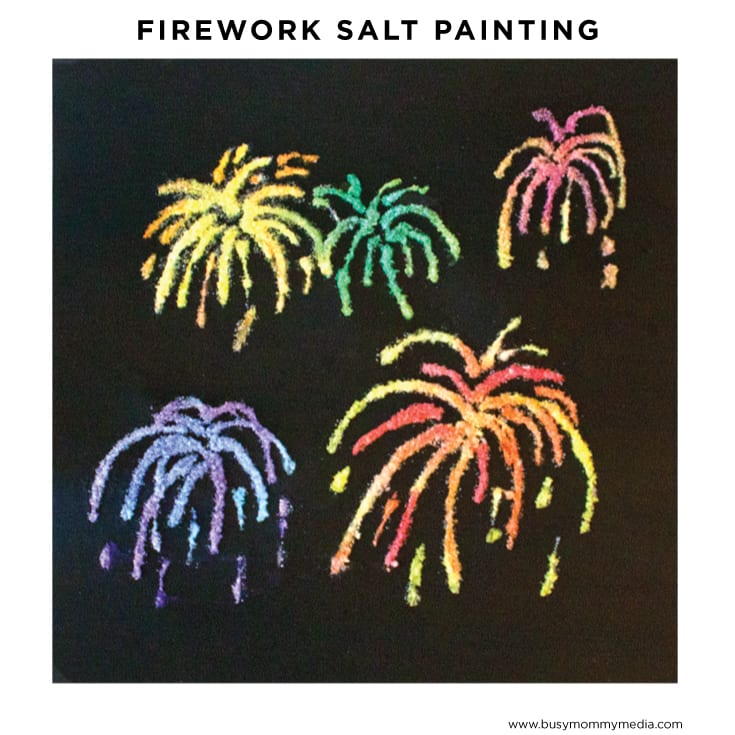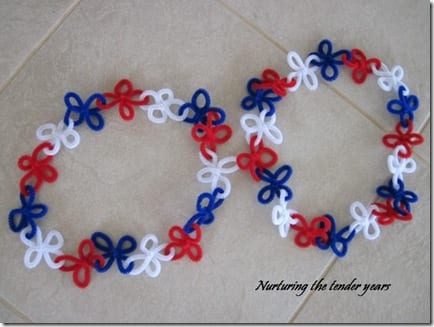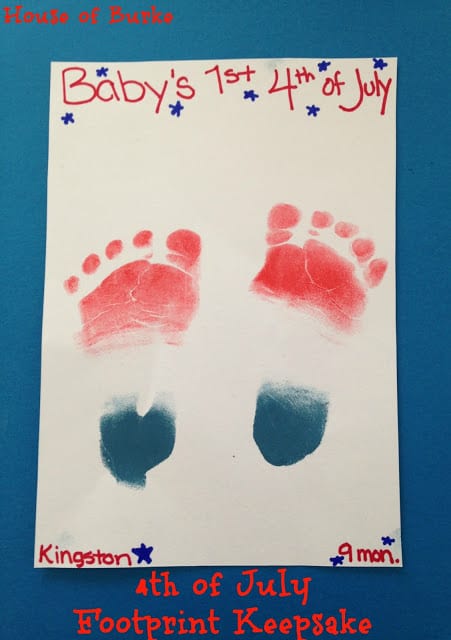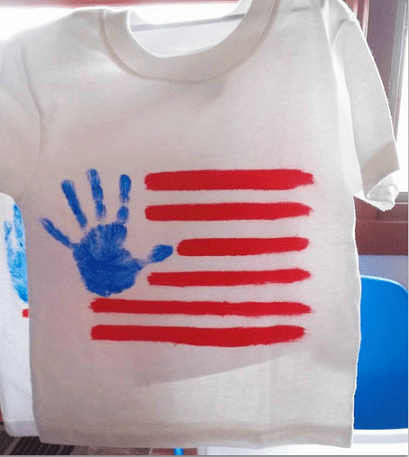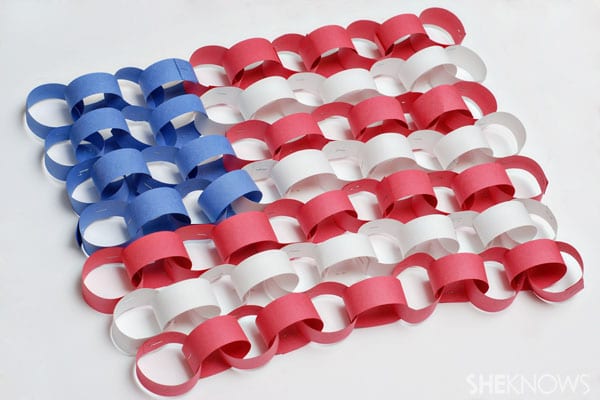If you haven’t already been clued in, the Mr. Clean Magic Eraser is every parent’s BFF. But this handy little scrubber does a lot more than just wipe crayon off your walls (although it’s great for that too!). Check out these 100 awesome uses our friends from Maid Just Right house cleaning have for your Magic Eraser, courtesy of The Fun Times Guide.
- Remove dried paint from door hinges
- Remove tarnish from silver
- Remove mold & mildew from anything plastic
- Clean & polish gold jewelry
- Remove soap scum in the tub and shower
- Remove marks on walls
- Clean splatters inside the microwave
- Remove marks on vinyl siding
- Clean mirrors in the bathroom (keeps shower mirrors from fogging)
- Remove adhesive residue after removing stickers
- Remove waterline mark around the pool
- Remove hair dye from countertops & floors
- Clean light-colored suede
- Remove black scuff marks from baseboards (where the vacuum cleaner hits)
- Clean the outdoor side of window sills stained from leaves, dust and dirt
- Clean plastic coolers inside and out (…even dirty grimey ones used by men with greasy hands!)
- Remove rust spots & stains on countertop
- Remove cooked-on stains in pots and pans
- Remove soot off the walls near the fireplace
- Clean within the grooves of lawn ornaments
- Clean sticky/dusty range hood over the stove
- Remove nail polish spills or stains
- Clean airbake cookie sheets & bakeware (the kind with all those tiny grooves)
- Clean oven shelves & the grates on the grill
- Remove wet nose marks from pets on the windows (even car windows)
- Remove toothpaste splashes from bathroom mirrors
- Remove melted plastic on the side of the toaster oven
- Remove grimey green algae from cement (bird baths, steps, ponds, etc)
- Clean stained elbows from dirty work
- Remove green mildew from siding and gutters
- Remove paint spills & oversprays
- Remove toilet bowl rings (cut a piece off & let it set in your toilet overnight; don’t flush it; doesn’t always work)
- Remove built-up algae, water deposits, etc from ceramic flower pots
- Clean dish drainers that are gunked with lime and build-up
- Remove bird poop from concrete bird bath
- Remove coffee & tea stains that remain inside a mug, caraffe, thermos even after washing
- Clean the plastic agitator inside your washing machine
- Clean window screens (even when they are still in the window)
- Remove built-up baked on grease inside the deep fryer
- Clean inside the crock pot
- Remove melted plastic on a glass top stove
- Clean swimming pool steps
- Remove baked on brown spots on cookware
- Clean antiques & collectibles
- Polish collectible coins (UPDATE: coin experts recommend that you do NOT clean coins.)
- Clean & shine things up before you sell them in a yard sale
- Clean boat & outdoor furniture upholstery
- Clean vinyl striping on motorhomes, vans, boats
- Clean car tires, including white walls
- Clean pebbled surfaces like the outside of plastic coolers
- Remove pet & child vomit from carpet or clothing (or get a professional service at Carpet cleaning Loveland)
- Remove scuff marks on motorcycle & ATV helmets
- Remove grass stains from shoes after mowing the lawn
- Remove scuff marks from hangers/shoes in the walk-in closet
- Clean oven door
- Remove pollen from patio furniture, cars, etc.
- Remove soap scum and gunk from around the bathroom faucets
- Remove hairspray build-up on countertops and vanities
- Remove soap scum inside porcelain & utility sinks
- Clean stained caulking along the kitchen sink & countertop
- Clean your bicycle, even the tires & rims
- Clean tile & grout
- Remove mildew from tents, vinyl canopies, awnings, fiberglass items
- Remove paint overspray that has dried
- Remove shoe marks from the kickplate of house doors & car doors
- Clean inside your car (along the handles, window ledge, arm rests, dashboard)
- Remove scuff marks and dirt from linoleum floors
- Remove stains on leather seats, purses, chairs, etc.
- Remove food stains inside plastic food containers
- Remove brake dust from tire rims
- Remove dirt and grime on a vinyl convertible top
- Remove nail polish from walls, carpets, wooden objects, plastic
- Remove soil or scuff marks from ceramic tile flooring
- Clean non-skid surfaces with tiny grooves (bathtub floors, refrigerator handles, pool steps, cooler lids)
- Clean & shine bathroom faucets & fixtures
- Remove magic marker, permanent marker, and ballpoint ink from virtually any surface
- Clean doll faces
- Clean textured handles on major appliances (dishwasher, refrigerator, stove)
- Remove fingerprints and dirt on light-colored kitchen cupboards
- Clean inside of the refrigerator
- Remove crayon marks from walls
- Remove dirt from plastic trash cans
- Remove dark paint on light-colored carpet
- Clean soap scum and oils from hot tub
- Clean a car’s vinyl interior (gets into the tiny crinkles in the vinyl armrest, etc.)
- Clean white porch railings, columns & pillars
- Remove bugs from car windshield, grille, and bumper
- Remove paint scratches on your car from minor fender benders
- Remove rust and corrosion that’s built-up on the outside of pipes (kitchen/bathroom)
- Clean & shine hubcaps
- Remove built-up grime on the car steering wheel
- Remove finger prints & build-up on the keyboard and mouse
- Remove oxidized paint from an old car
- Remove built-up gunk from vinyl seats
- Remove tar from your car’s paint
- Remove set-in stains inside glass and plastic pitchers
- Remove scuff marks from the back of car seats (from kids’ shoes)
- Clean kids’ plastic toys
- Remove dirt and grime from athletic shoes and shoes with leather uppers
- Remove stains on the underside of the toilet seat and around the toilet seat hinges
- Remove fingerprint & handprints from light-colored doors & walls
- Remove scuff marks from your patio furniture
To get more life out of your Magic Erasers, try this:
- Cut each Magic Eraser into 4 equal-sized pieces (across the shortest width of the eraser, rather than lengthwise). This way, you get 4 times the amount of cleaning out of one Eraser!
- Lightly mist it with water (by misting or using the kitchen sink sprayer), rather than saturating it with water — which causes it to shrivel up more.
- Scrub lightly with the Magic Eraser, then wipe the area with a wet towel to prevent smearing the dirt/grime and remove any residue.
- When it starts to get yucky (after cleaning a few different items), simply spray rinse it again to revive it a bit. Then squeeze the excess water out, and continue using it until it starts to shred

Read Next | Learn about Staten Island Home Improvement and Contractors
